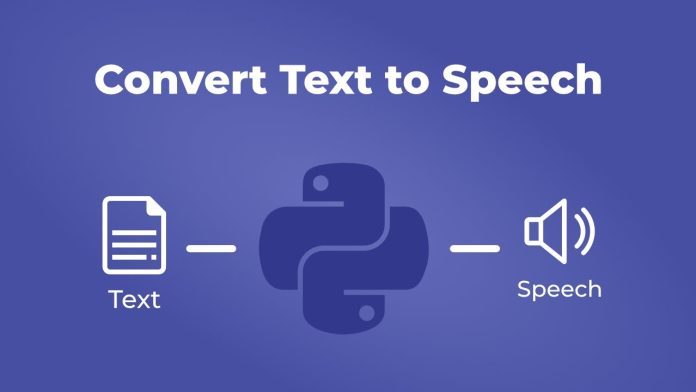In the vast landscape of technological advancements, one area that has seen significant evolution is text-to-speech (TTS) technology. From its humble beginnings to its current state of sophistication, TTS has undergone a remarkable journey, driven by the quest for more natural, accessible, and immersive communication experiences. This article explores the fascinating evolution of text-to-speech technology, delving into its past developments, current capabilities, and future prospects.
The Early Days: From Mechanical Devices to Basic Synthesis
The roots of text-to-speech technology can be traced back to the late 18th century when inventors began experimenting with mechanical devices capable of converting written text into spoken words. Early efforts such as the “acoustic telegraph” by Wolfgang von Kempelen laid the groundwork for subsequent innovations in speech synthesis.
However, it wasn’t until the mid-20th century that significant advancements were made in TTS technology. The development of digital computers paved the way for more sophisticated synthesis techniques. In 1968, the first-ever speech synthesizer, the “Voder” by Homer Dudley, demonstrated the potential for generating human-like speech electronically. Despite its limited capabilities, the Voder marked a crucial milestone in the evolution of TTS.
Rise of Rule-Based Systems and Concatenative Synthesis
Throughout the 1970s and 1980s, TTS technology continued to progress, primarily through the use of rule-based systems and concatenative synthesis methods. Rule-based systems relied on complex algorithms to generate speech sounds based on linguistic rules and phonetic principles. While these systems provided a foundation for TTS development, they often produced robotic and unnatural-sounding speech.
Concatenative synthesis, introduced in the 1980s, offered a more refined approach by stitching together pre-recorded speech segments to generate fluid and more natural-sounding output. This technique marked a significant improvement in speech quality and paved the way for the development of commercial TTS applications.
Modern Advancements: Neural Networks and Deep Learning
The advent of neural networks and deep learning algorithms in the late 20th century revolutionized the field of TTS technology. By leveraging large datasets and sophisticated learning algorithms, researchers were able to train neural network models to generate highly realistic and expressive speech.
One notable breakthrough came with the introduction of WaveNet by researchers at DeepMind in 2016. WaveNet employed a deep neural network architecture capable of generating raw audio waveforms directly, resulting in remarkably natural-sounding speech with nuanced intonation and rhythm. This approach represented a paradigm shift in TTS technology and set new standards for speech synthesis quality.
Current Capabilities and Applications
Today, text-to-speech technology has reached unprecedented levels of sophistication, with voice assistants, navigation systems, and accessibility tools incorporating advanced TTS capabilities. Modern TTS systems can produce lifelike speech with varying accents, emotions, and speaking styles, making them indistinguishable from human-generated speech in many cases.
Furthermore, TTS technology has expanded its reach into various domains, including education, entertainment, and healthcare. From audiobook narration to interactive storytelling experiences, TTS is enhancing accessibility and engagement for users worldwide.
Future Directions: Towards Seamless Human-Computer Interaction
Looking ahead, the future of text-to-speech technology promises even greater advancements and innovations. Continued research in areas such as prosody modeling, speech synthesis customization, and multimodal interaction will further enhance the naturalness and adaptability of TTS systems.
Moreover, as artificial intelligence continues to evolve, TTS technology is expected to play a crucial role in enabling seamless human-computer interaction. From personalized virtual assistants to immersive augmented reality experiences, TTS will serve as a cornerstone of next-generation interfaces, bridging the gap between humans and machines.
In conclusion, the evolution of text-to-speech technology has been characterized by a relentless pursuit of naturalness, expressiveness, and usability. From its early beginnings as mechanical devices to the current era of neural network-based synthesis, TTS has come a long way, transforming the way we communicate and interact with technology. As we embark on the next phase of its evolution, the possibilities for TTS technology are limited only by our imagination and ingenuity.
